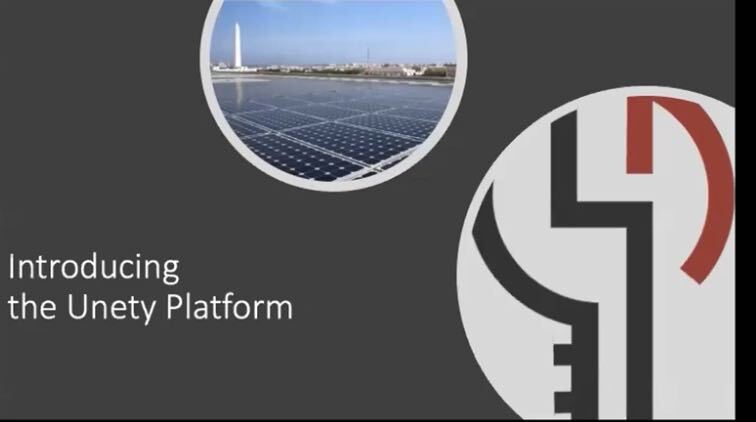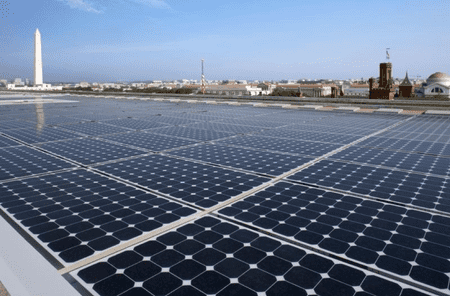NEW YORK - September 22, 2020 — Unety, a novel platform that democratizes financing to upgrade commercial buildings, today announced the launch of a nationwide partnership with ecoAmerica, one of America’s largest environmental non-profits serving several sectors including the faith community. As the technology backbone for ecoAmerica’s Blessed Tomorrow...
Read morePower your profits with sustainable finance
ArticlesGet in-depth knowledge

ecoAmerica is the largest nonprofit association of faith-based organizations in the country, representing over 87,000 houses of worship as members of the Blessed Tomorrow program. Unety is the exclusive technology partner for ecoAmerica’s Blessed Tomorrow program. Members in the Blessed Tomorrow program have made aggressive commitments to reduce greenhouse gas...
Read more
The ongoing COVID-19 pandemic continues to greatly impact all areas of the economy, sparing no sector, including project finance.
As we speak with our contractor community, we notice that traditional lending is tightening up. However, the credit crunch is not evenly distributed. Some forms of project financing and capital are flowing...
Read more
We are currently living through a period of uncertainty and concern that we'll never forget. Like many of you, we are trying to do what we can to help the community navigate this challenging time.
As contractors your ecosystem includes property owners, lenders and other contractors in the community. During this...
Read more
Cash is not free; and a cash investment is not always cheaper than a loan.
The cost of money – known as the Weighted Average Cost of Capital (WACC) – tells you the cost of the cash that is currently in your bank account. The money in your bank account may...
Read more
An innovation is quietly taking hold and it is on track to make today’s environmental design best practices the status quo before the end of the decade. Already, many of the nation’s largest property owners are using it to retrofit entire portfolios, while major developers are including it in all...
Read more
Commercial PACE funds are lent to borrowers to finance construction projects that improve the operational quality of a property; they are funded by private investors and banks; they give borrowers the option to take long repayment terms, up to 25 years; and they come with unique tax advantages that often...
Read more
Picture an office that cleans up after itself, improves indoor air quality with nanotech-formulated paint, and responds to sunlight by magically adjusting window tint, all while fighting climate change. Then imagine entering your workspace to find your desk light on and the temperature just as you like it. Though it...
Read more

